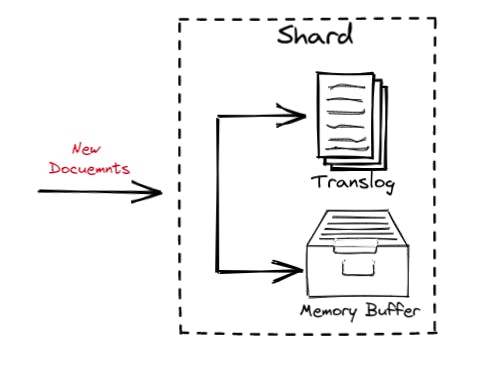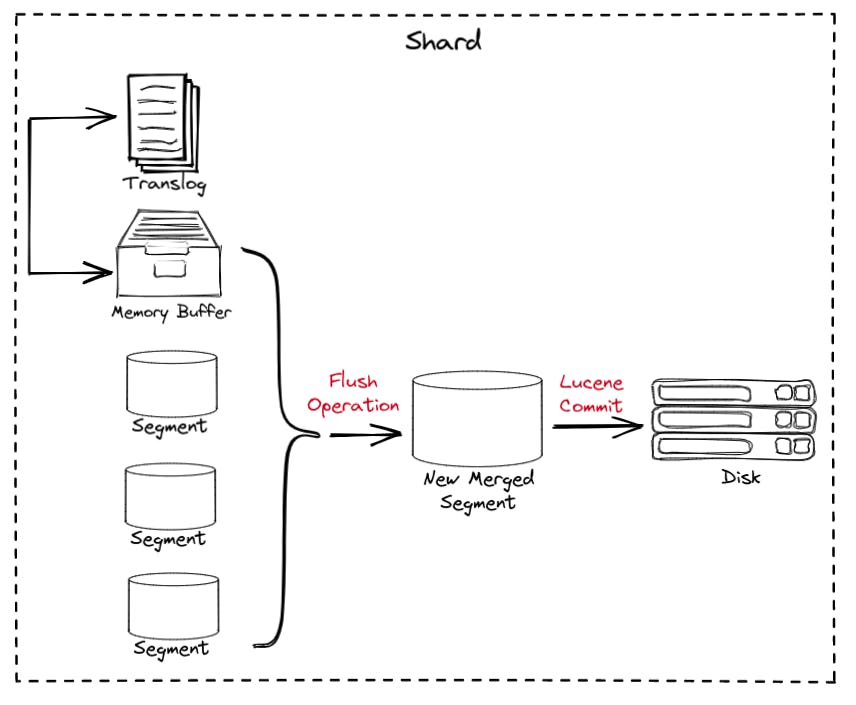Write operation in Elasticsearch 💽
Elasticsearch uses the write-ahead mechanism to maintain data integrity and reduce disk operation computation.
Write operation is to insert new documents into the Elasticsearch. Changes are only written to disks during a Lucene Commit. Lucene commit is an expensive operation so can not be performed after each create or delete operation.
So let's see then how Elasticsearch performs write operation 💥

Write operations are not directly performed on disks but are recorded in Translog which is an in-memory record for create and delete operations.
- Transactions are recorded in Translog
- New documents are added to the memory buffer, which is unindexed in-memory storage.
- A write operation is called successful only if it is recorded in primary translog and all replica translogs in other shards based on Quorum.
Refresh Operation

- During this, the memory buffer content is copied to a newly created segment in the memory and translog is cleared.
- And the newly created segment becomes available for search and indexing. -Refresh operation is executed in every second by default.
Flush Operation

This operation performs writing documents to disk. All new created in-memory segments and contents of memory buffer are merged to a new Lucene Segment and are committed to disk and translog gets empty. The main advantages of having a single merged segment are:
- Discard older version documents and reduce index space on disk.
- The old segments are removed and bigger segments are created which increases the search speed.
Conclusion
Disk write operations are expensive and Elasticsearch is designed to handle a large number of write requests in a production server with minimal latency and large throughput. Write operation in elasticsearch works on the write-ahead mechanism like in SQL databases. To know more about this topic please see 👉 Reading and Writing Documents